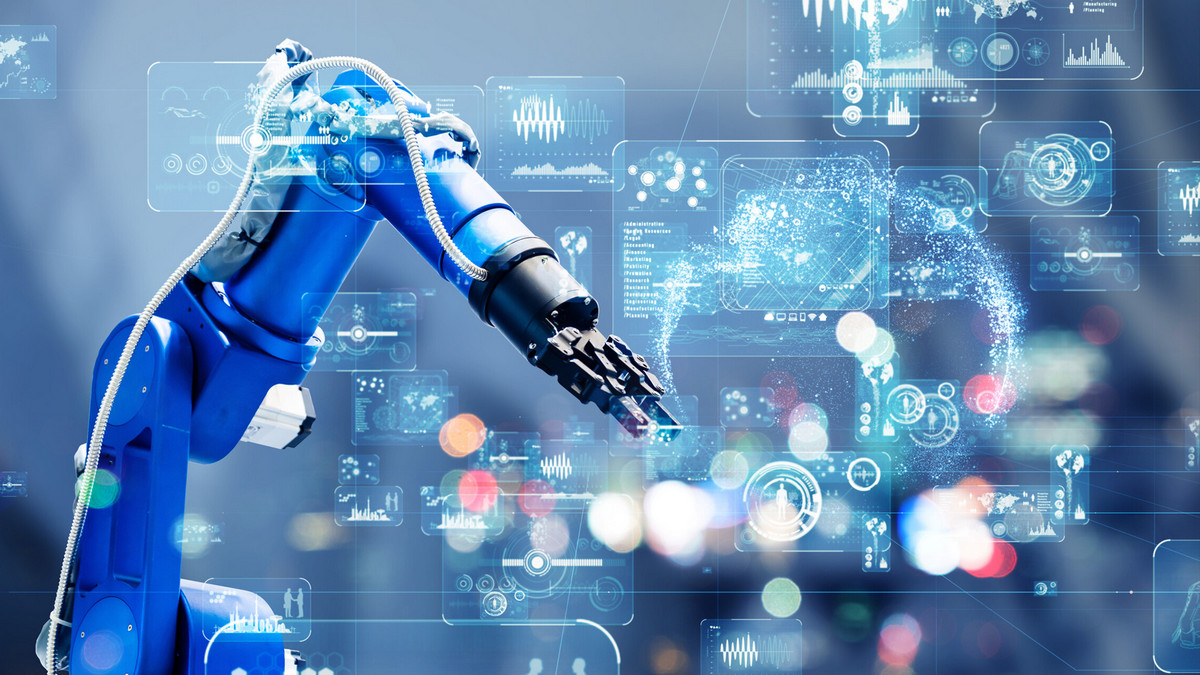Hyperautomation is the use of the power of multiple technologies to achieve end-to-end automation. Hyperautomation is the process of continuously integrating automation into an organization's business processes, combining advanced technologies such as robotic process automation (RPA), artificial intelligence, and machine learning to enhance the results of human work. Not only does it automate key processes, but it also builds an automation ecosystem that finds more processes that can be automated without human intervention.
Hyperautomation is an extension of traditional business process automation that goes beyond the confines of a single process. By combining AI tools with RPA, hyperautomation can automate nearly all repetitive tasks for business users. Even take automation to the next level and automate it: dynamically explore business processes and build bots to automate them. Hyperautomation is one of Gartner's top 10 strategic technologies of the year trends. With a range of tools such as Robotic Process Automation (RPA), Machine Learning (ML), Artificial Intelligence (AI), and more that work in unison to automate complex business processes (including where subject matter experts were once required), hyperautomation is a reality. A means of true digital transformation.
How Does Hyperautomation Work?
According to Gartner, RPA is the core technology for hyperautomation as AI and ML are more advanced. The combination of RPA and AI technologies provides the power and flexibility to automate unprecedented: recordless processes that rely on unstructured data input.
What Advantages Can Hyperautomation Bring?
Speed up complex work
By automating more and more complex jobs that rely on the input of human knowledge, hyperautomation acts as a highway, enabling everyone to participate in business transformation.
Deploy digital staff
RPA uses smart technology to make functions more sophisticated, thereby creating a smart digital workforce that can take on repetitive tasks and improve employee performance. These digital workers are hyperautomated agents of change, able to connect to a variety of business applications, operate with structured and unstructured data, analyze data and make decisions, and explore processes and new automation opportunities.
The Power of Artificial Intelligence (AI)
Artificial intelligence is what differentiates the digital workforce from standard automation approaches, making RPA + AI an essential element of hyperautomation. Hyper-automation technology can discover and automate previously inaccessible data and processes, thereby providing another unique advantage: the creation of a Digital Doppelganger (DTO) of the organization. How does this help? DTOs bring transparency to previously unseen interactions between processes, functions and KPIs. Imagine using intelligence to respond quickly and identify new opportunities while witnessing business value creation happening (or not).
What is the Difference between Hyperautomation and Intelligent Process Automation?
Hyperautomation includes increasing the automation of business processes through the introduction of artificial intelligence (AI), machine learning (ML), and robotic process automation (RPA). Almost all repetitive tasks can be automated, and it is even possible to figure out which processes can be automated and build bots to perform them.
Hyperautomation is an advanced technological infrastructure for extending automation capabilities in an organization. It will further automate already automated processes, enabling business operations to exceed individual contributions.
These automation technologies include robotic process automation (RPA), artificial intelligence (AI), machine learning, process mapping, and other tools that identify time-consuming business processes and establish ways to automate them.
On the other hand, intelligent automation also includes tools such as optical character recognition (OCR), artificial intelligence and machine learning algorithms to simulate human behavior and intelligence. This type of automation allows businesses to handle complex actions without requiring manual input, analysis, or decision-making.
While it's easy to confuse smart automation and hyperautomation, it's more accurate to think of the former as a subcategory of the latter. Smarter automation is just one aspect of hyperautomation technology that includes RPA, natural language processing (NLP), digital process automation, decision management structures, and intelligent business process management (IBPMS) infrastructure.
Why Should Organizations Embrace Hyperautomation?
Hyperautomation is one of the hottest strategic technology trends of 2020, and while automation is a familiar term, hyperautomation is still a new concept for many organizations.
Building a hyper-automated system is a challenging task, but it has many benefits, such as automating repetitive tasks to increase labor efficiency. Hyperautomation can help employees focus on more interesting and challenging tasks and reduce the chance of human error and decision bias.
Competitive industries such as finance are already adopting hyperautomation strategies, and organizations that are using remote process automation are only a few steps away from hyperautomation, so they should work on integrating AI and machine learning into their automation frameworks, to reap the benefits of hyperautomation.







.png)






